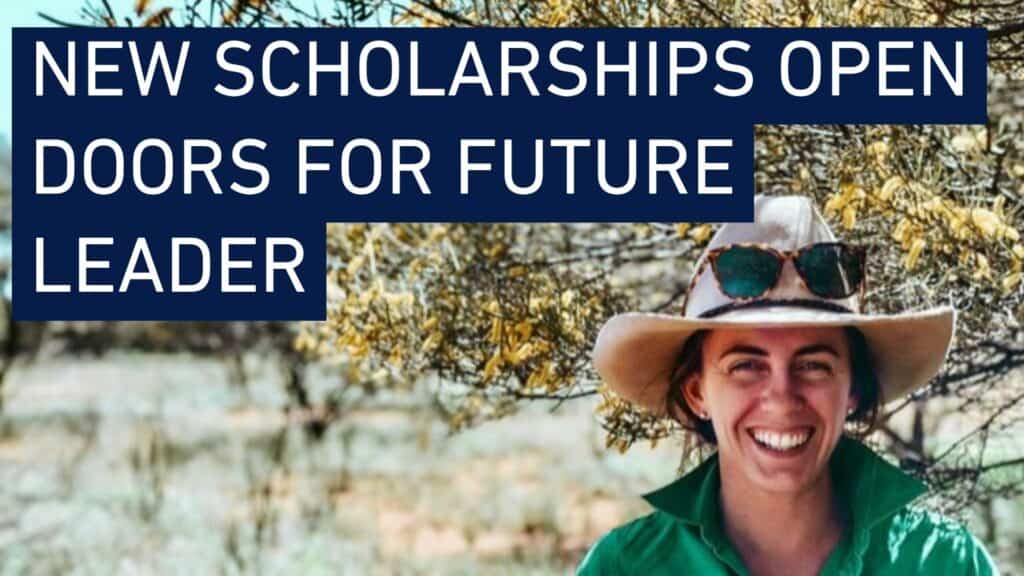This paper shines a light on the complexity of the philanthropic ecosystem and the diverse roles that foundations can play as intermediaries in supporting charities to achieve their mission or purpose (Williamson AK, Leat D, Playing piggy(bank) in the middle: Philanthropic foundations’ roles as intermediaries. 2021).
For many not for profits, foundations are a mainstay of the fundraising mix.
This is true of the Australian Rural Leadership Foundation (ARLF), a national not for profit established almost 30 years ago for the greater good of rural, regional and remote Australia. Since 1992 the ARLF has delivered more than 115 leadership programs to some 1,700 participants many of whom were on scholarships funded by a small number of foundations. These foundations share a commitment to the ARLF’s vision of thriving regional communities strengthening the nation.
In terms of Williamson and Leat’s intermediary typology, they are typically private foundations, some of whose founders have had direct relationships with the ARLF, particularly in its formative years. Their support is of the capacity-building type and in terms of overall revenue sources, is exceeded only by course fees and sponsorships.
More recently, as the ARLF develops new leadership programs and initiatives, it is increasingly looking to foundations who will take what Williamson and Leat describe as the ‘risk absorber’ intermediary role by funding pilot projects and providing proof of concept. Examples of this include the ARLF’s development of concepts for conservation and education leadership programs, and initiatives to amplify the impact of its alumni. This type of foundational intermediary support is critical to service-providers like the ARLF. If seed funding is provided by a foundation and the pilot project is successful, it can open the door to funding from other more risk averse funders, including government. And if the project is unsuccessful, the learnings inform future strategy and decision-making.
Williamson and Leat’s 14 types of intermediary roles includes foundations who perform the role of matchmaker, “connect(ing) two parties, representing one to the other in an advantageous light”. Earlier this year the ARLF benefited from a foundation playing the matchmaking role when a community foundation made introductions to a global foundation with an interest in developing community leadership capacity in the aftermath of Australia’s 2019-20 bushfires.
The learning from Playing piggy (bank) in the middle: Philanthropic foundations’ roles as intermediaries, is that foundations can be much more than grant makers. This has been the ARLF’s experience, but not one that has until now been considered through the lens applied by Williamson and Leat.
For not for profits, like the ARLF, that rely heavily on ‘provision of resources’ from foundations, understanding the nuances of the intermediary roles is advantageous.
By Vivienne Johnson, Director of Philanthropy at the ARLF





